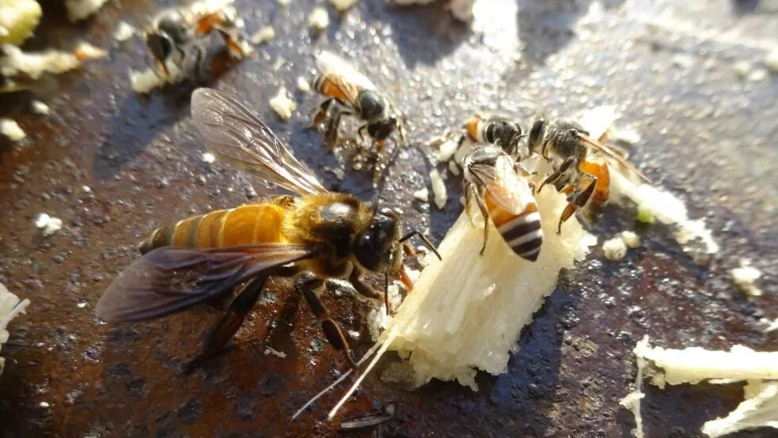Deadly Bee Attack in Bantul Raises Questions About Indonesia’s Wild Bee Species

A tragic incident in Bantul, Yogyakarta, has sparked public concern and scientific discussion after an elderly woman reportedly died following multiple insect stings. According to news circulating on pafikutaikab.org while early reports suggested a wasp attack, experts from the Bogor Agricultural University (IPB) now believe the culprit may have been a giant forest bee a species known for its aggressive behavior and potent venom.
According to Dr. Rini Haryanto, an entomologist from IPB’s Faculty of Forestry, initial descriptions of the insects provided by witnesses point more closely to Apis dorsata, or the giant honeybee, rather than a wasp. “These bees are much larger than domestic honeybees and typically nest high in trees or cliffs,” she explained. “When their colony feels threatened, they attack collectively, and their stings can cause severe allergic reactions or even death.”
The victim, a 67-year-old woman, was reportedly collecting firewood near a forested area when the attack occurred. Residents said a large number of bees suddenly swarmed around her, leading to multiple stings before she could escape. She was rushed to a nearby clinic but succumbed shortly afterward, allegedly due to an allergic reaction and shock.
Understanding Giant Forest Bees
The Apis dorsata species, commonly found in Southeast Asia, including Indonesia, plays an essential role in pollination but can become dangerous when disturbed. Unlike domesticated bees, giant forest bees are wild and highly protective of their hives. Their venom contains a mix of histamine, melittin, and phospholipase — compounds that trigger intense pain, inflammation, and in some cases, anaphylactic shock.
“People often mistake giant bees for wasps because both are large and capable of multiple stings,” Dr. Rini said. “However, their nesting behavior and venom composition differ. Wasp venom tends to be neurotoxic, while bee venom is more inflammatory and can overwhelm the body’s immune response if the person is allergic.”
See also: Enhance Modern Living: Easy Ways to Use Home Automation Control
A Rare but Serious Threat
While deaths from bee stings are relatively rare, experts warn that individuals living near forested or rural areas are at higher risk. The Ministry of Health recorded several similar cases over the past decade, mostly involving people who accidentally disturbed wild hives during farming, logging, or foraging activities.
Dr. Budi Santoso, a toxicologist at Sardjito Hospital, emphasized that multiple stings can lead to systemic poisoning, even in people without allergies. “Each sting injects venom into the bloodstream,” he explained. “When there are dozens or even hundreds of stings, the cumulative dose can cause kidney failure, low blood pressure, or cardiac arrest.”
Safety and Prevention
Authorities urge residents to exercise caution when near forested areas or tall trees. Avoid sudden movements if bees are nearby, and never attempt to remove or burn a hive without professional assistance. Wearing protective clothing and avoiding strong scents can also reduce the risk of attack.
Health experts further recommend immediate first aid in the event of multiple stings — move to a safe area, remove stingers carefully, clean wounds with soap and water, and seek medical attention as soon as possible.
The incident in Bantul serves as a grim reminder that Indonesia’s biodiversity, while rich and vital, also carries hidden risks. As Dr. Rini concluded, “Understanding these species is the first step toward coexistence. Respect their space, and they will rarely pose a threat — but when provoked, even nature’s smallest creatures can turn deadly.”
Source: https://pafikutaikab.org/


